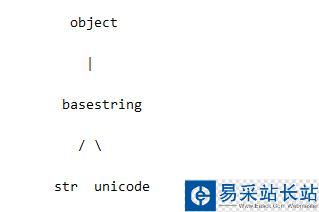围绕一门语言,学习它的文化精髓,能让你成为一名更优秀的程序员。如果你还没读过Python之禅(Zen of Python) ,那么打开Python的命令提示符输入import this,列表中的每一项你都可以在这里找到相对应的例子。
吸引我注意力的一条是:
优雅胜于丑陋 (Beautiful is better than ugly)
看下面例子:
一个带有数字参数的list函数其功能是返回参数中的奇数可以分开写:
#----------------------------------------------------------------------- halve_evens_only = lambda nums: map(lambda i: i/2,/ filter(lambda i: not i%2, nums)) #-----------------------------------------------------------------------def halve_evens_only(nums): return [i/2 for i in nums if not i % 2]
记住Python中那些非常简单的事
两个变量的交换:
a, b = b, a
参数在切片操作中的步骤,如:
a = [1,2,3,4,5]>>> a[::2] # 以步长为2的增量迭代整个list对象[1,3,5]
一个特殊的例子 `x[::-1]`用来反转x的实用语法。
>>> a[::-1] [5,4,3,2,1]
不要用可变对象作为默认参数值(Don't use mutable as defaults)
def function(x, l=[]): # 不要这么干def function(x, l=None): # 更好的一种方式 if l is None: l = []
使用iteritems而不是items
iteriterms 使用的是 generators,所以当迭代很大的序列是此方法更好
d = {1: "1", 2: "2", 3: "3"} for key, val in d.items() # 调用items()后会构建一个完整的list对象 for key, val in d.iteritems() # 只有在迭代时每请求一次才生成一个值此情景和range与xrange的关系相似。
使用isinstance 而不是type
不要这样做:
if type(s) == type(""): ...if type(seq) == list or / type(seq) == tuple: ...应该是这样:
if isinstance(s, basestring): ...if isinstance(seq, (list, tuple)): ...
至于为什么这样做,看这里:http://stackoverflow.com/a/1549854/504262
需要注意的是这里使用basestring而不是str是因为你可能会用一个unicode对象去检查是否为string,例如:
>>> a=u'aaaa'>>> print isinstance(a, basestring)True>>> print isinstance(a, str)False
因为在Python中3.0以下的版本存在两种字符串类型str和unicode

学习各种集合(learn the various collections)
python有各种各样的容器数据类型,在特定情况下选择python内建的容器如:list和dict。通常更多像如下方式使用:
新闻热点
疑难解答